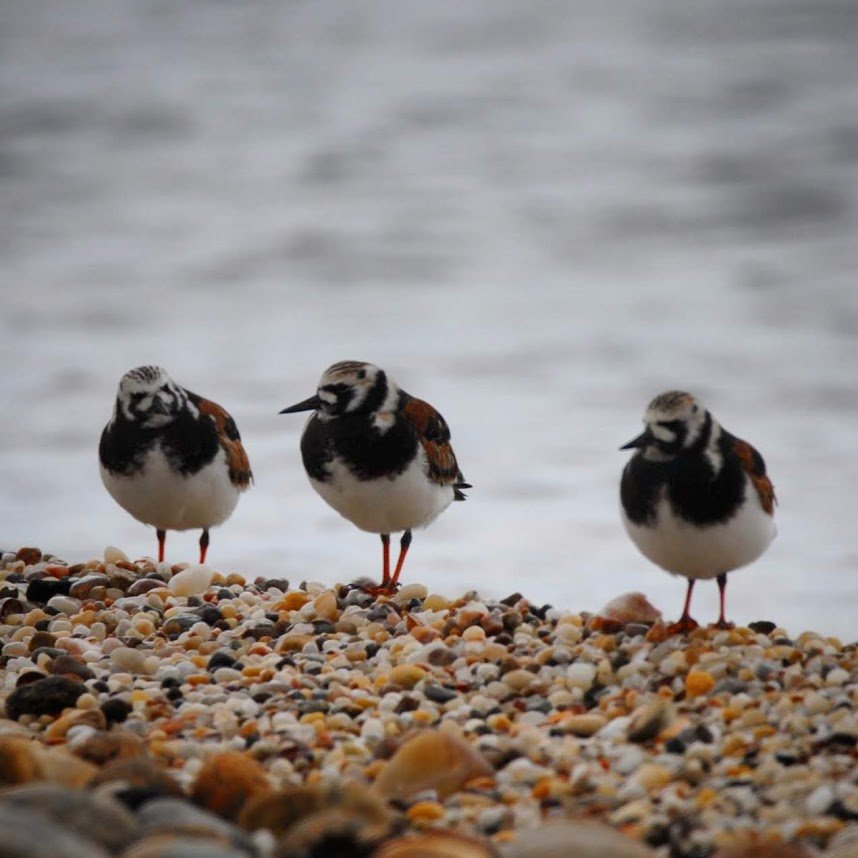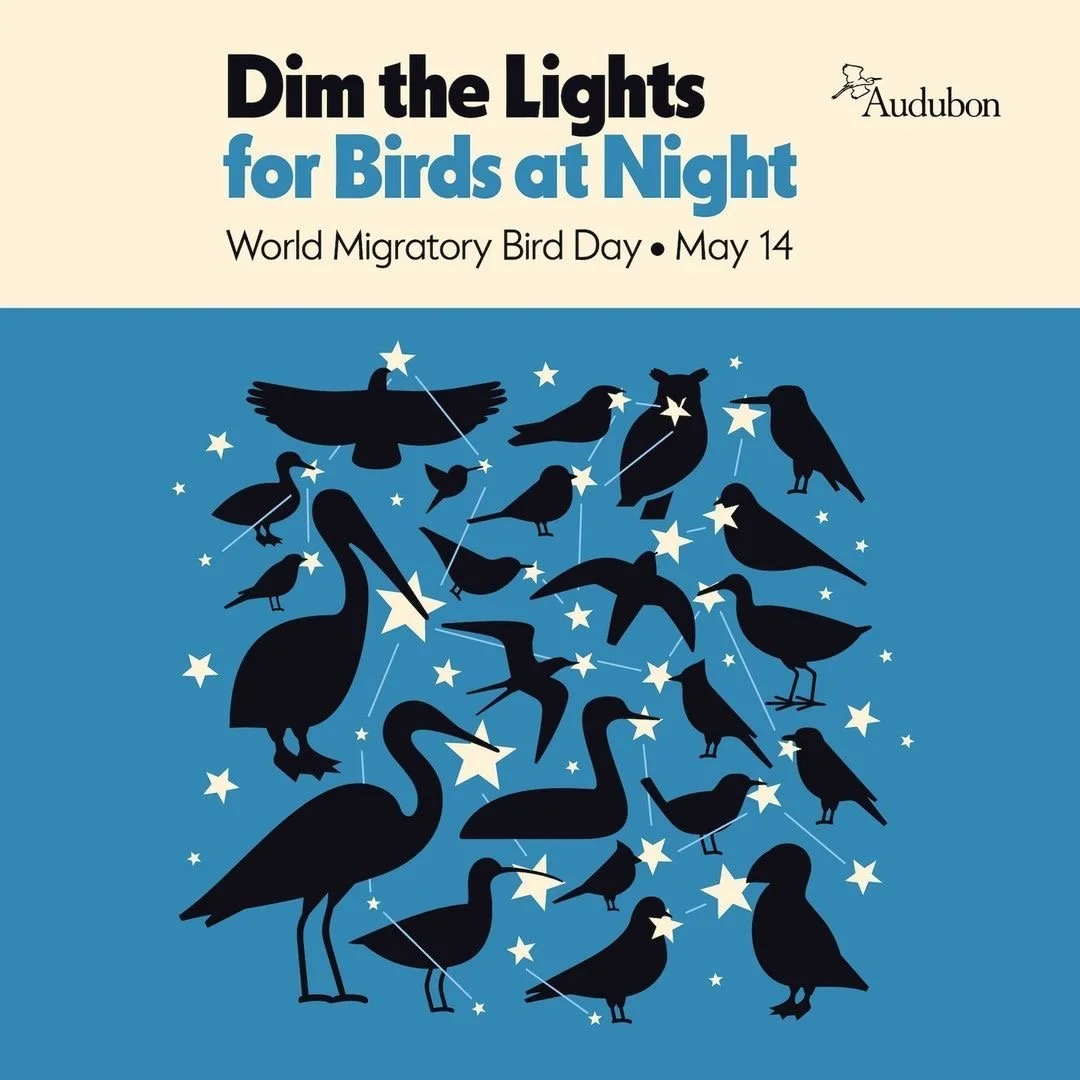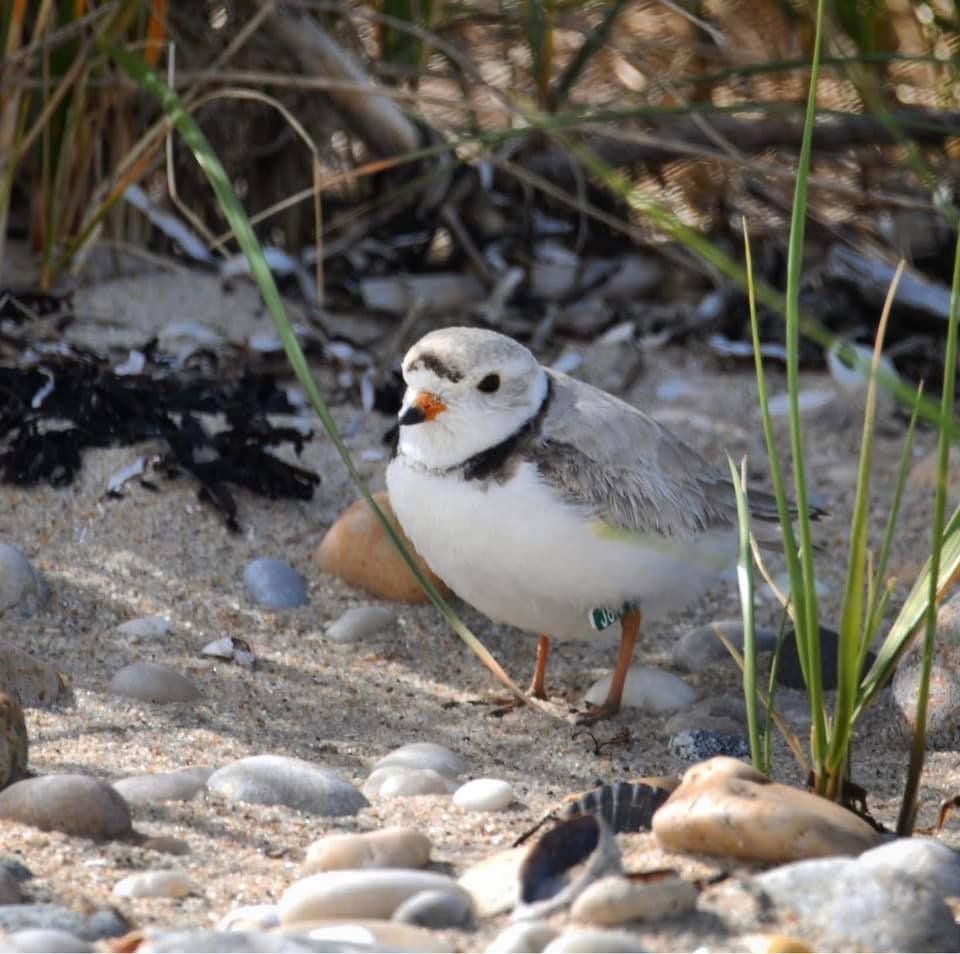
Learn about North Fork Nature
…And how to protect it!
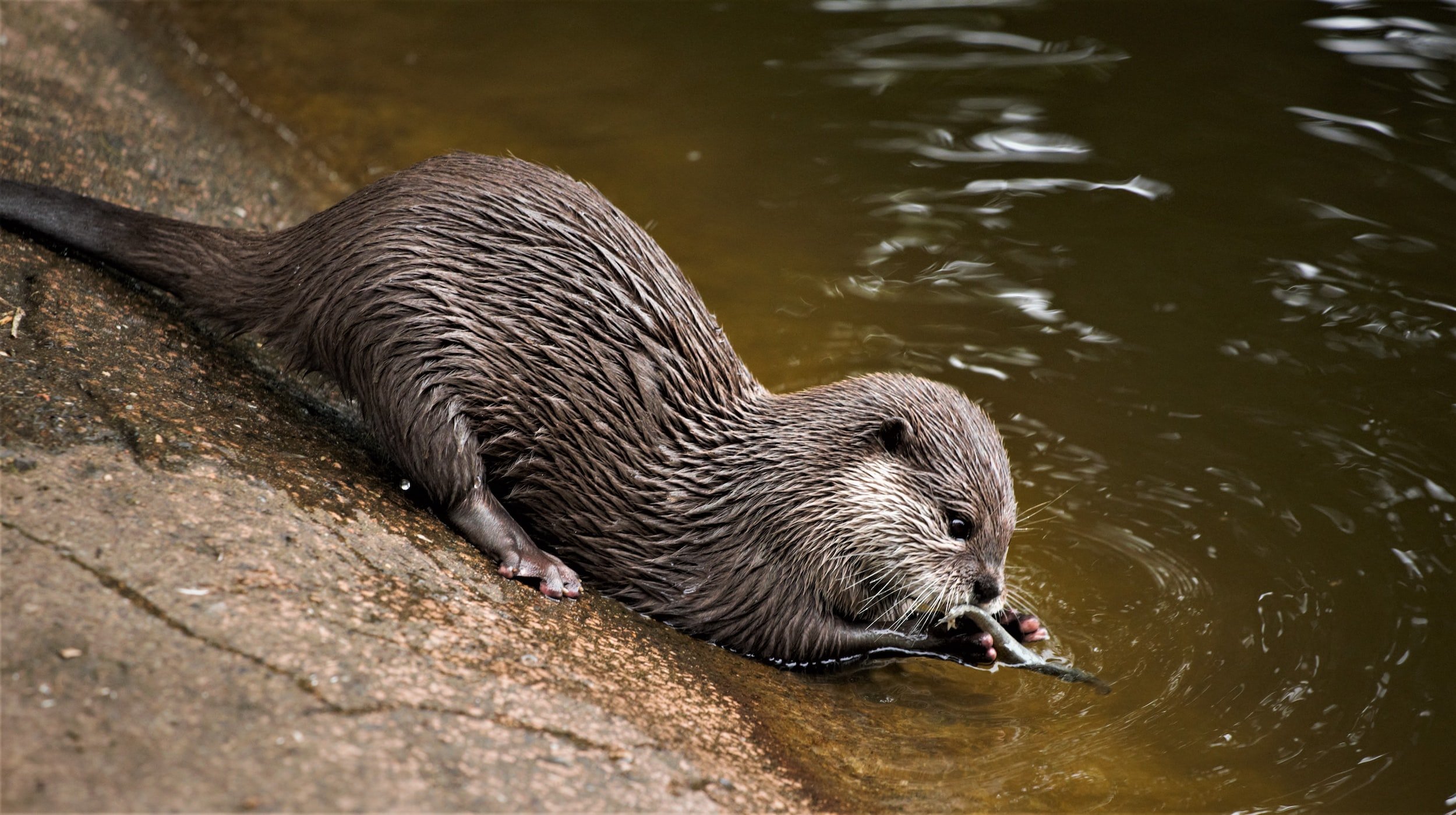
This Month in North Fork Nature:
-
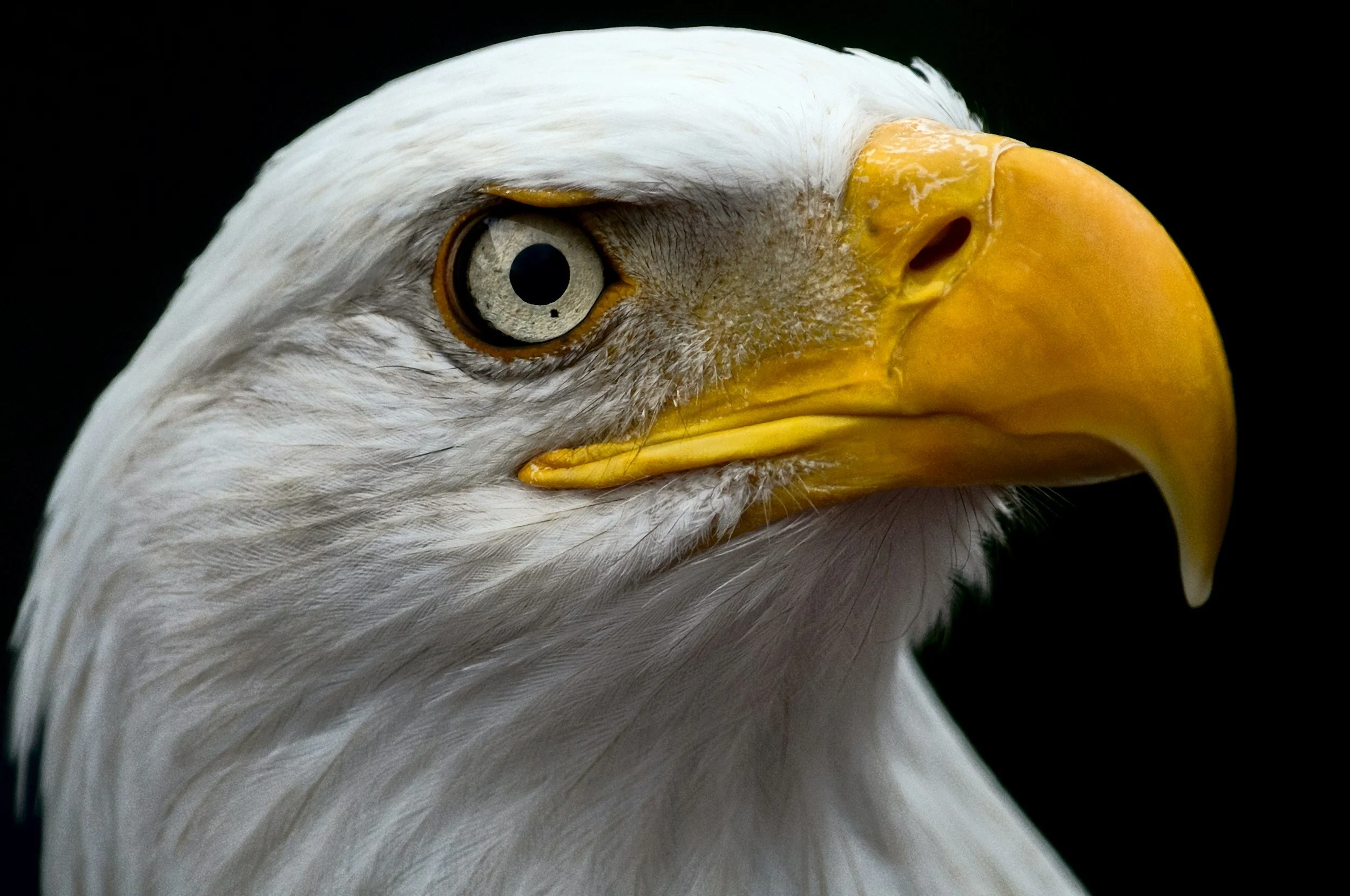
JANUARY Wintering Bald Eagles
The Bald Eagle population has been rebounding nicely in the Northeastern US. As northern lakes and rivers freeze over this winter, eagles will partially migrate south to the open waters of Long Island. There are some great areas to view bald eagles where they are already accustomed to human activity: Centerport and Wertheim National Wild Refuge. Our resident bald eagle pairs are beginning their nesting season so it is important to not disturb eagles that are showing an interest in a new area. Remember to stay a quarter mile away, and even then, you may need the use of your vehicle as a bird blind to avoid scaring the eagles away and causing site abandonment.
Please visit our Bald Eagle Community Science page to learn how to identify the age of the eagle and report your sighting.
-

FEBRUARY Eastern Coyote
The Eastern Coyote is a relatively new resident of the North Fork. This keystone species has been slowly colonizing Long Island. While there is no documented pair on the North Fork, sightings have been increasing recently. During the month of February, female coyotes enter estrus for about ten days and her mate stays close to her throughout the mating season. The female will dig a den prior to giving birth to pups about two months later. You may hear an increase in yips during the mating season. This elusive neighbor can go years without being detected as they do not seek interactions with humans. Its natural fear of humans should be maintained in order to coexist. This is why it is important to not feed coyotes, never leave livestock unattended, leash your dog, and keep cats indoors. To learn more about coyotes, please join us at the upcoming Coyote Talk on February 17th at Hallock State Park, click the button below.
-
MARCH Timberdoodle
During twilight from late February through early April, one can experience the fascinating courtship display of a normally elusive woodland “shorebird” which goes by many nicknames: Timberdoodle, bogsucker, night partridge, mudbat, among others. Go to a clearing next to a woodlot and you will likely see and hear the American Woodcock. For information on finding a Timberdoodle courtship display, see video below, or join us this March for a Woodcock Walk (aka Timberdoodling)!
-

MARCH Return of the Osprey
Learn about this conservation success story at the Return of the Osprey Event this March at Orient Beach State Park, where there are over 20 nesting pairs of Osprey. Males usually arrive on Long Island around St Patrick’s day to re-establish territories and make repairs to the nest prior to their mate’s arrival. RETURN OF THE OSPREY: MARCH 16th
-

PIPING PLOVER
Piping Plovers are a New York State Endangered Shorebird. At this time, most of North Fork's plover pairs are incubating eggs. As of May 15th, there are only a dozen documented nests, with most scheduled to hatch the first week of June, some as early as Memorial Day Weekend! If egg incubation goes well, and chicks can survive their first two weeks of life when they are most vulnerable, the chicks should fledge by July Fourth Weekend. (Fledglings are independent of their parents and can fly more than a short distance to escape predators.)
-
WARBLER MIGRATION
Mid-May is usually a peak time in warbler migration, but with cold eastern winds, some warblers have been in a holding pattern here on the North Fork, before continuing their journey North. Click the interactive link below to view migration patterns of North American birds.
-

River Otters
River Otters have been making a comeback on Long Island for over a decade. Jennifer has been contributing data to the LI River Otter Study since 2018 from the North Fork population. If you would like to learn more about tracking otters, there are workshops available through Seatuck Environmental / Mike Bottini. You can also join the North Fork Tracking Club on the first Sunday of every month to develop your observational skills and contribute to community science. The next meeting is February 5th, sign up to participate.
Winter is a great time to observe otters during the day. Ask Jennifer for some tips on where to look for this normally nocturnal predator.
-

The Night Sky this Week
Saturn approaches Venus in twilight, Jupiter and Mars ride high, and Mare Orientale peeks around the edhe of the Moon. And, try exploring the many double stars in Orion's Sword.
-
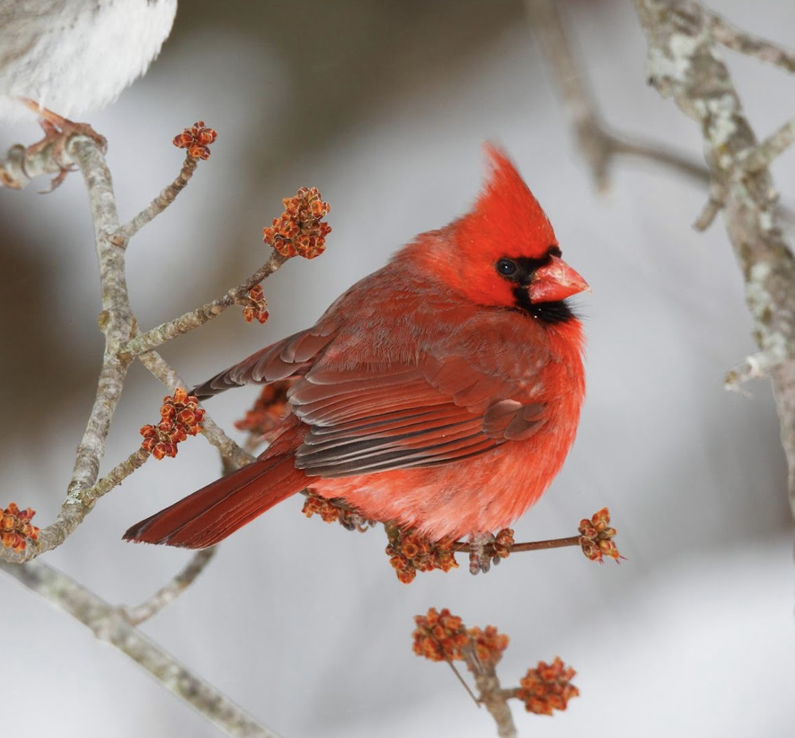
Christmas Bird Count
The world’s longest running community science event has begun! Find out how to participate near you!
-

EASTERN BOX TURTLE
As of 5/15, Box Turtles are finally out from dormancy!
-
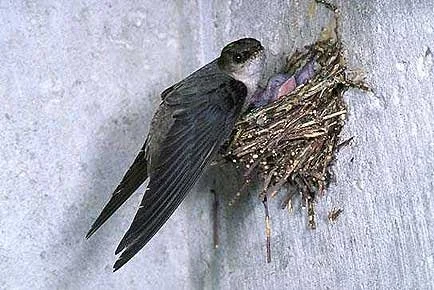
CHIMNEY SWIFT
Chimney Swifts have arrived from migration.
-

LITTLE BROWN BAT
Bats have also arrived from migration. Click on the following links for excellent resource pages on this special North Fork summer resident.
-
Dim the Lights!
Migrating birds become disoriented at night from bright lights. Learn how you can help birds safely migrate through Lights Out! and Dark Sky Programs.
